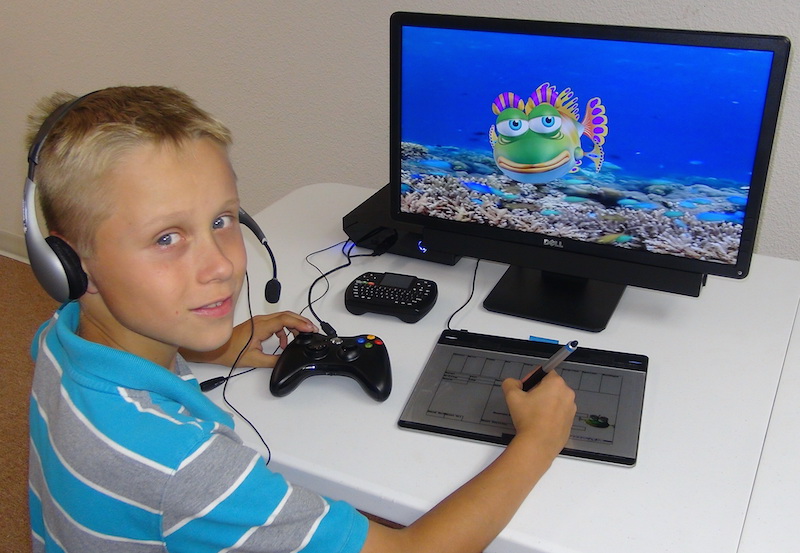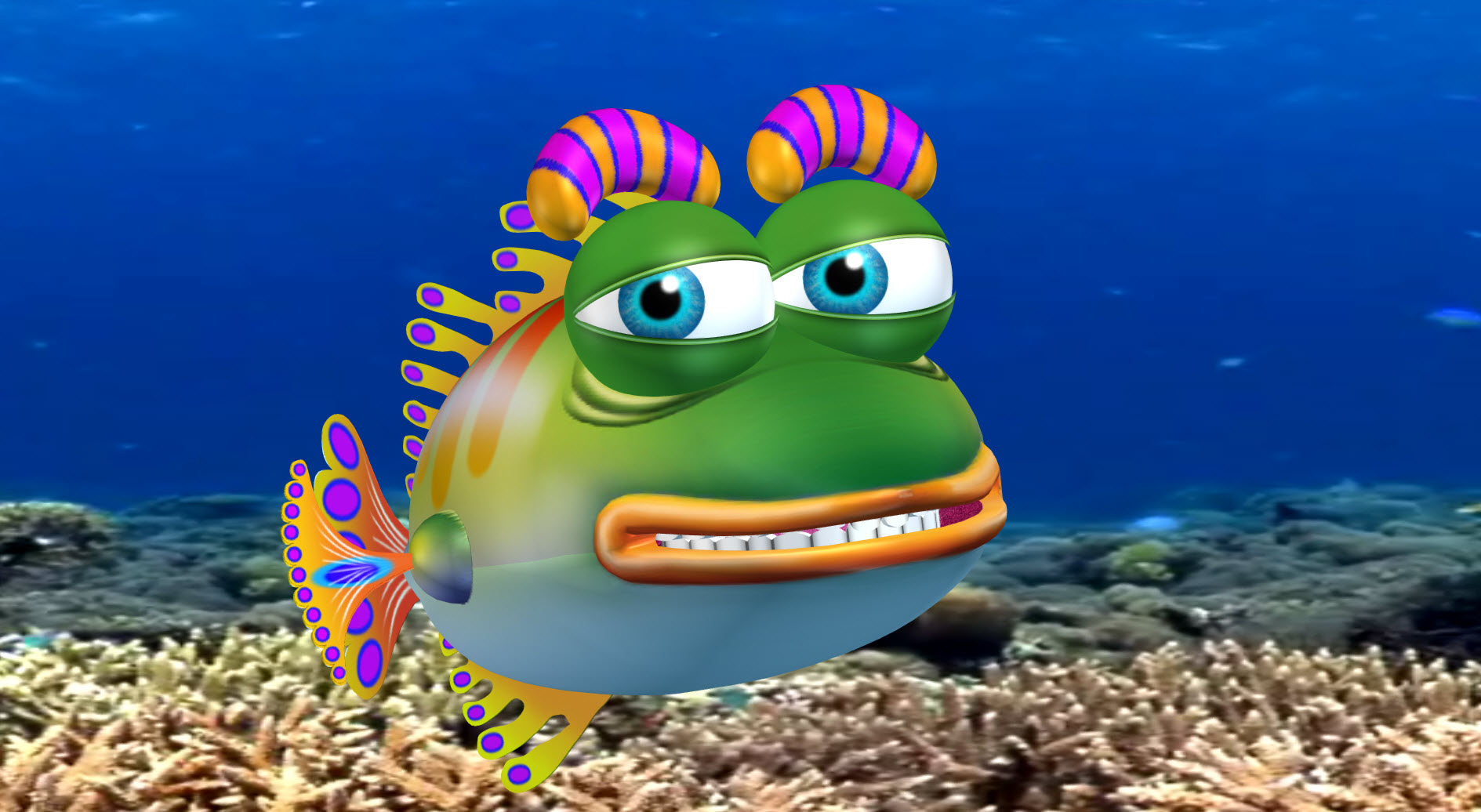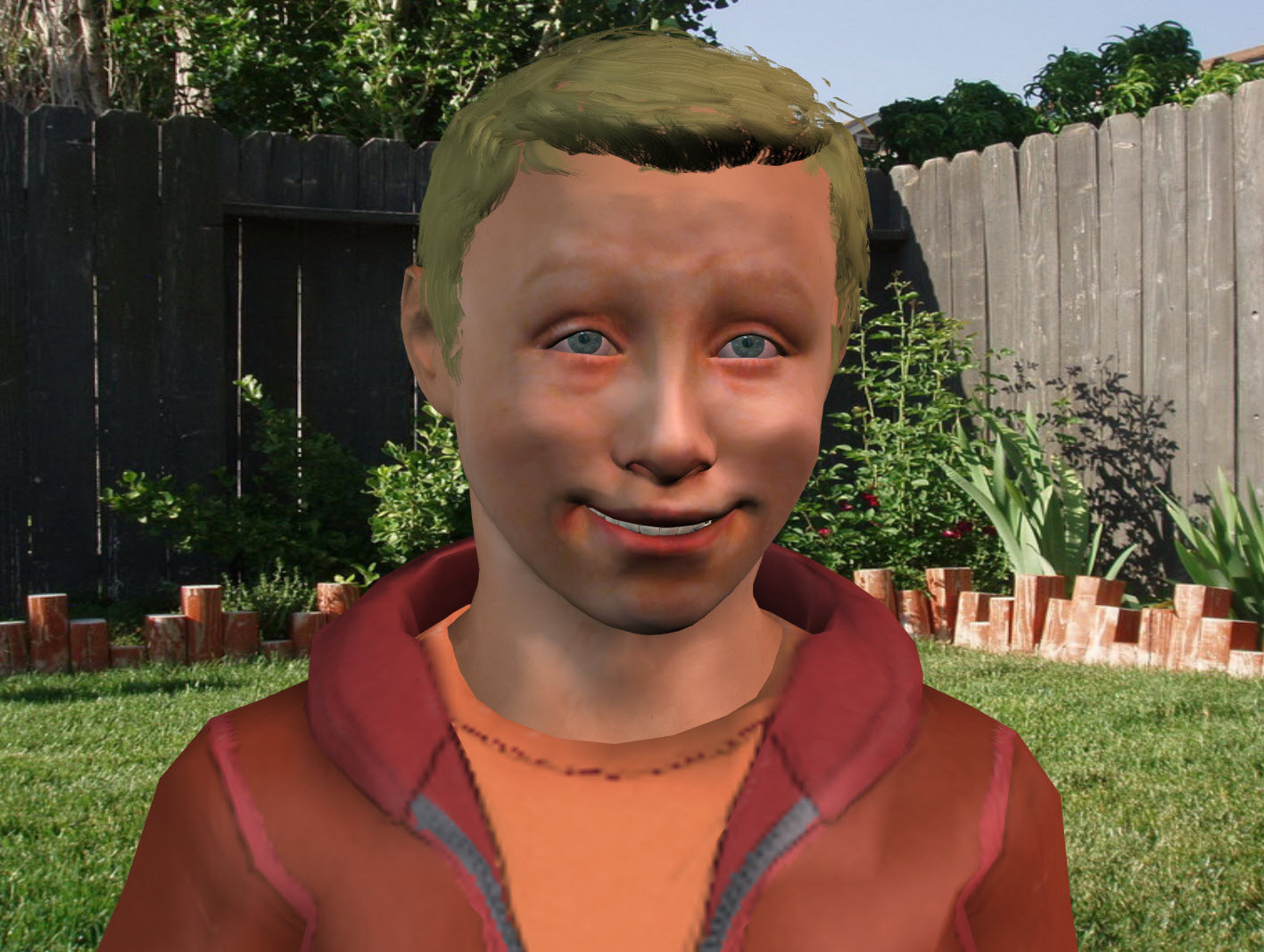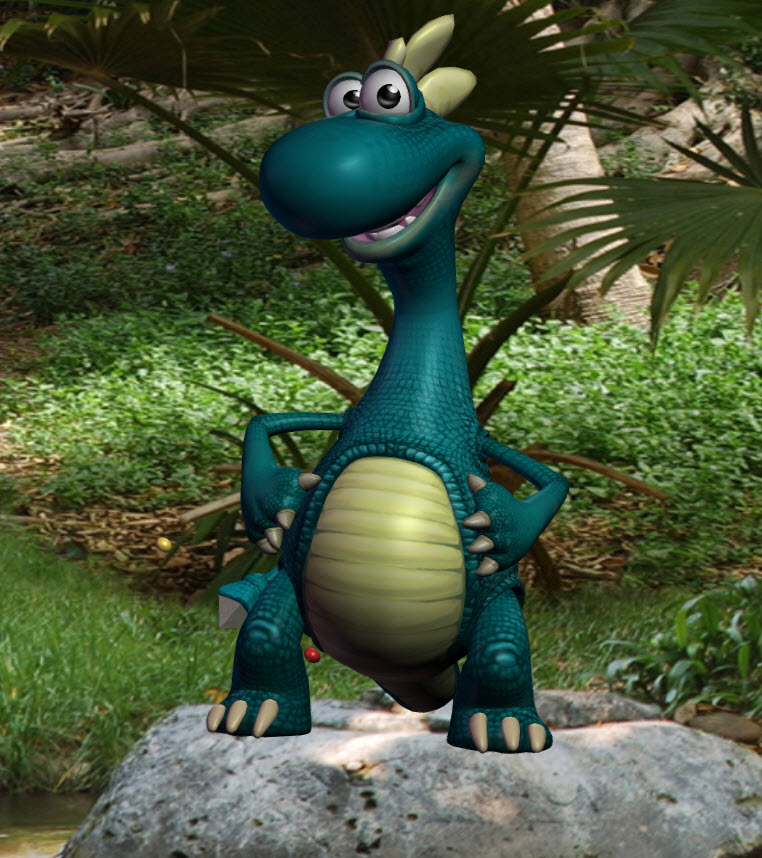A new animation program is making learning social skills easier and more fun for kids with autism.
Gary Jesch, a digital animator based in Carson City, Nevada, recently developed Invirtua Animation for Autism, a live animation system designed to help children with autism work through social anxiety and learn social interaction skills.
Also referred to as a “digital puppeteer,” Invirtua features animated 3-D characters controlled on a screen to demonstrate positive behaviors like facial expressions, eye contact and social interaction. Children with autism can interact with the avatars and learn from the behaviors they model in a fun, engaging way. They can also control the avatars to convey their own feelings.
“Therapy can often be frustrating and challenging. Depending on the child, it might be hard to hold their attention or lower their anxiety enough to make it effective,” Jesch told The Mighty. “We [thought] bringing this live animation technology — which really seems to appeal to kids — into therapies could help.”
The concept behind Invirtua is based on video modeling, a teaching method sometimes used in autism therapy where children visually learn behaviors or skills by watching them on a screen. A parent or therapist can control a chosen character on the Invirtua computer screen using a tablet and a pen in what is called the “control room.” The character — an animated fish, dinosaur, animal or a person — displays on a screen in another room, the “audience room.” The Invirtua program provides a webcam that can be placed on top of the screen in the audience room so whoever is in the “control room” can monitor the child in the “audience room.”
The person in the control room can make their character talk, and his or her voice comes through the speakers in the audience room. From the audience room, the child can see and hear the character doing whatever the person in the control room wants it to do — moving across the screen, expressing a range of emotions and making facial expressions.

For children who find it difficult to talk and make eye contact with others, socializing with a character on a screen can be a helpful step toward feeling comfortable interacting with people. The avatar removes the authority figure, like a teacher or a therapist, from the equation and allows the child to practice important communication skills in a lower-stress environment. Jesch, who’s worked in live animation for more than 20 years, noted that the children who participated in Invirtua’s pilot programs demonstrated lowered anxiety levels once they began working with the avatars.
“Humans, without realizing it, can convey anxiety and stress. Kids pick up on that,” Jesch told The Mighty. “Avatars can make that all a lot easier. They aren’t intimidating; they’re silly and fun.”
In addition to helping children with autism develop social skills, Jesch said this technology could be useful for training airline personnel, police officers, teachers and other professionals to learn to better interact with people who have autism. He also plans to meet with children who have nonverbal autism and their parents to see how the technology could help them.
Check out some of the available avatars and watch the Invirtua program in action below:



The Invirtua Animation for Autism program is available through the Animation for Autism website.
To learn more about this program, visit the Invirtua website and contact Gary Jesch.
